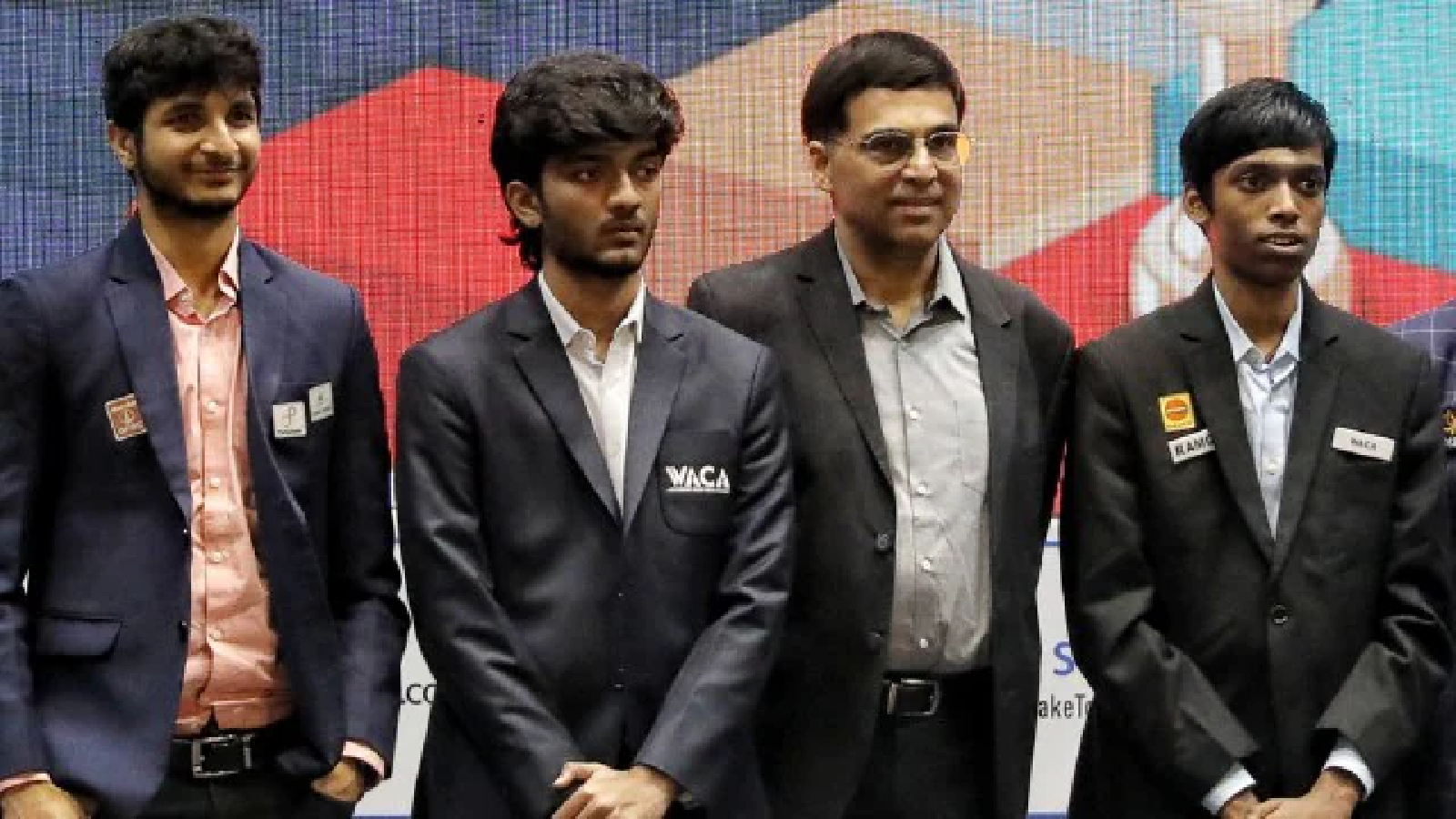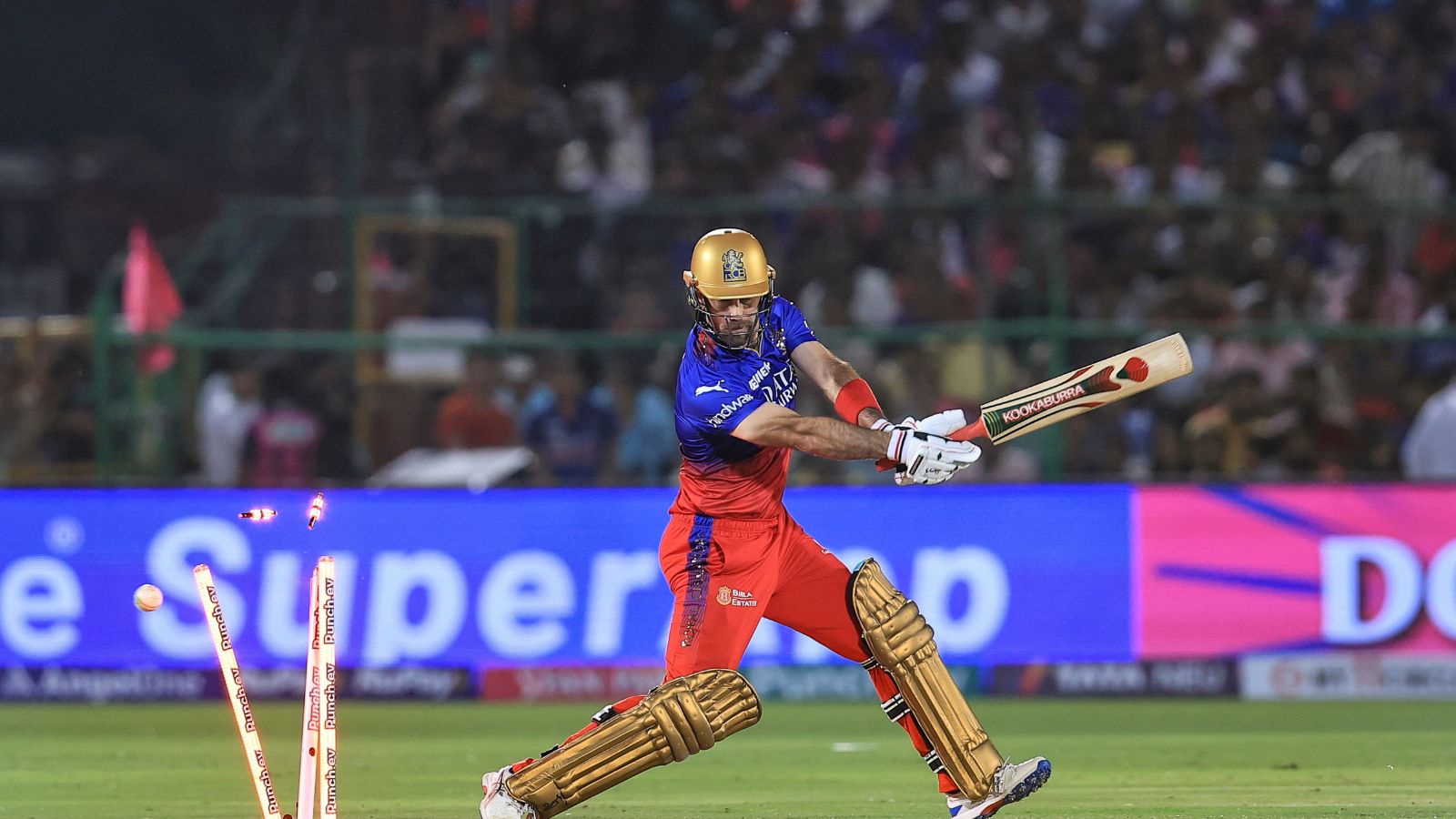India’s Himachal Pradesh Cricket Association Stadium in Dharamsala is among one of the picturesque grounds going around in World Cricket. The ground at the foothills of the Himalayas is at an altitude of 1457 meters above sea level and is a scenic beauty not only appreciated by Indian fans but also by visiting fans of the touring teams.
However, when a fan questioned former Pakistan cricketer Wasim Akram on A Sports “We have seen stadiums like Dharamsala and Queenstown (New Zealand) why is the Pakistan Cricket Board (PCB) not investing in the infrastructure of stadiums in the northern areas? To which Akram would bluntly reply “We can’t even maintain three stadiums, (Baki kaha naya bana lenge) how could we make a new one?
“(Gaddafi ki chhat dekhi hai) Have you seen the roof of the Gaddafi Stadium that they were showing with the drone? We can’t even control the three we have. We can only dream of making a new one. We have enough area to make a new stadium, though. Abbottabad is a very beautiful ground,” Akram would add.
Making of Dharamsala
Dharamsala didn’t just happen overnight, it took a decade for this landscape to grow into an international facility. It was a project that was delayed because of lack of funds and regional politics. It was pretty much a labour of love for the local cricket association and an architect who believed in subtlety, proportion and blending his creations seamlessly into nature.
More than two decades back, the one-time BCCI secretary and present Sports and I&B Minister Anurag Thakur, at 25, was the HP cricket chief. On an extensive state-wide recce in search for a clearing in the hills that could be turned into a cricket ground, he reached Dharamsala.
Suckers for the game’s oldest format, admirers of small scenic village grounds; for many from England — as England cricketer turned journalist Michael Atherton mentioned in his recent column — a trip here is a tick mark on their bucket list. Dharamsala, meaning a resting place of pilgrims, continues to live up to its name.
.














